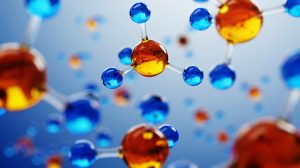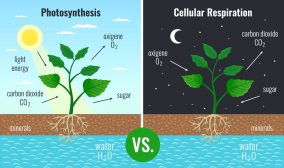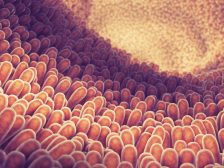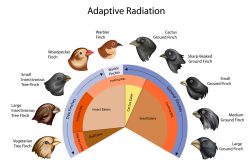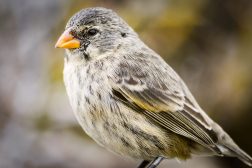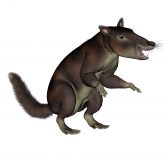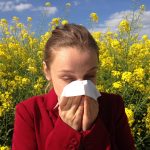Definition
The local name given to a particular species of a plant, as opposed to the scientific latin or greek name, which is used universally.(taxonomy) The colloquial name of a taxon or species that is in any language
Supplement
The common name refers to the colloquial name of a taxon or species. It is the name known to the general public or is based on any language other than that of zoological nomenclature.
It is different from the scientific name, which is the name assigned to a species and is based on the system of binomial nomenclature.
The scientific name of a species is in Latin and is written in italics. It is also called binomial name since it is usually comprised of two parts, i.e. the genus name and the specific epithet. The scientific name is also written by capitalizing the first letter of the genus name.
The scientific name is more widely used in naming a species than the common name. It is because common names tend to cause misunderstanding since a species may be called different names in different locations. For instance, the scientific name for cat is Felis domesticus”. In English, it is simply known as cat. In other languages, its common names vary, e.g. kitte in Arabic, maow in Cantonese, pusa in Filipino, kissa in Finnish, chat in French, bili in Hindi, gato in Portuguese and Spanish, mèo in Vietnamese, etc.
Synonym(s):
- vernacular name
- colloquial name
- farmer’s name
- country name
See also:
- binomial name
